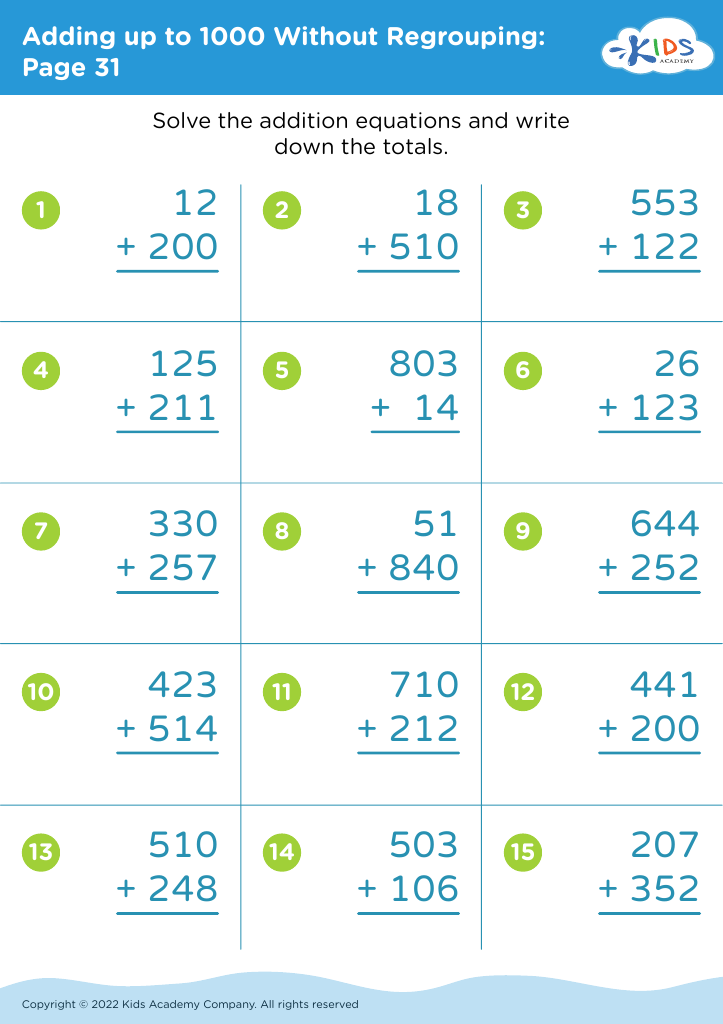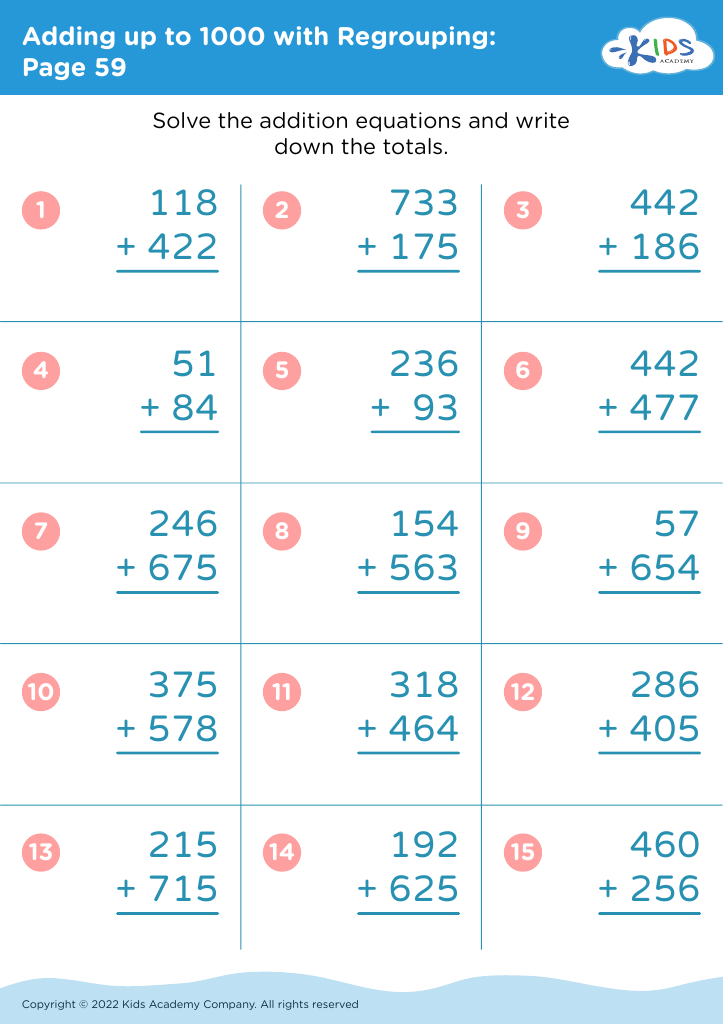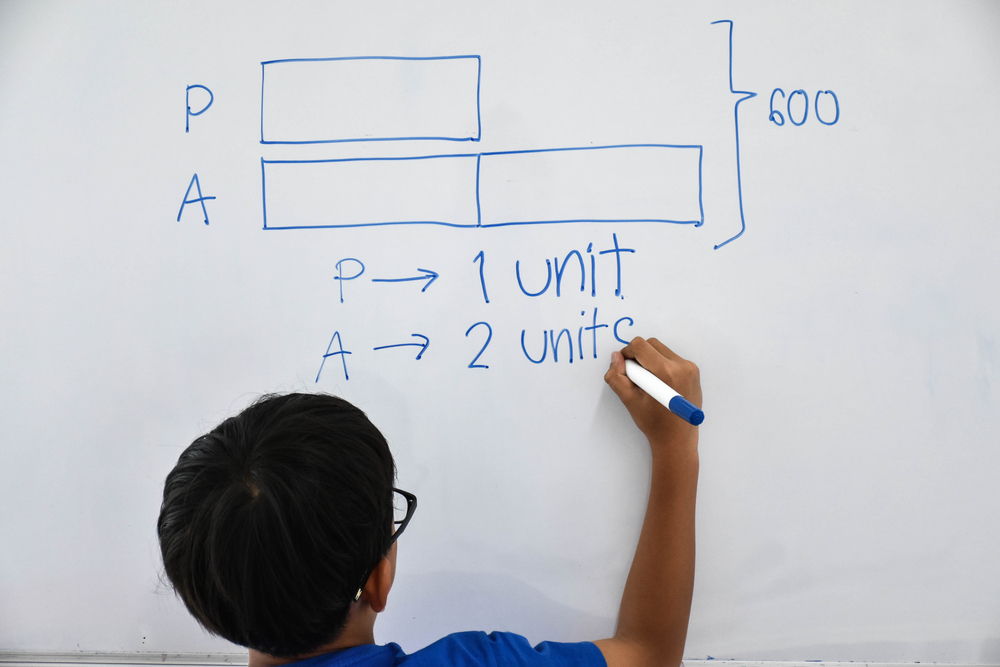Visual interpretation Worksheets for Ages 7-8
10 filtered results
-
From - To
Discover engaging Visual Interpretation Worksheets for children aged 7-8, designed to enhance critical thinking and observation skills. These worksheets help young learners interpret and analyze visuals, such as graphs, charts, and pictures, fostering their ability to draw conclusions and make connections. Our carefully crafted activities promote creativity and enhance comprehension, making learning enjoyable and effective. With a variety of fun and interactive exercises, students will develop essential cognitive skills while building confidence in their visual literacy. Perfect for home or classroom use, these worksheets are an excellent resource for parents and teachers looking to nurture young minds. Start exploring today!


Bugs Tally Worksheet
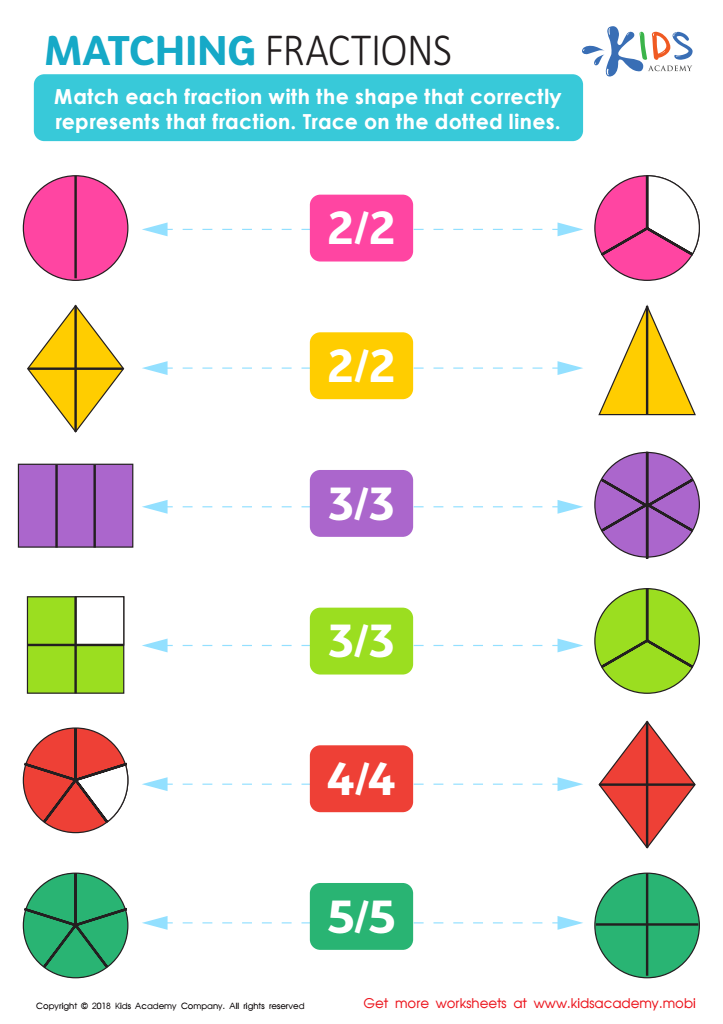

Matching Fractions Worksheet
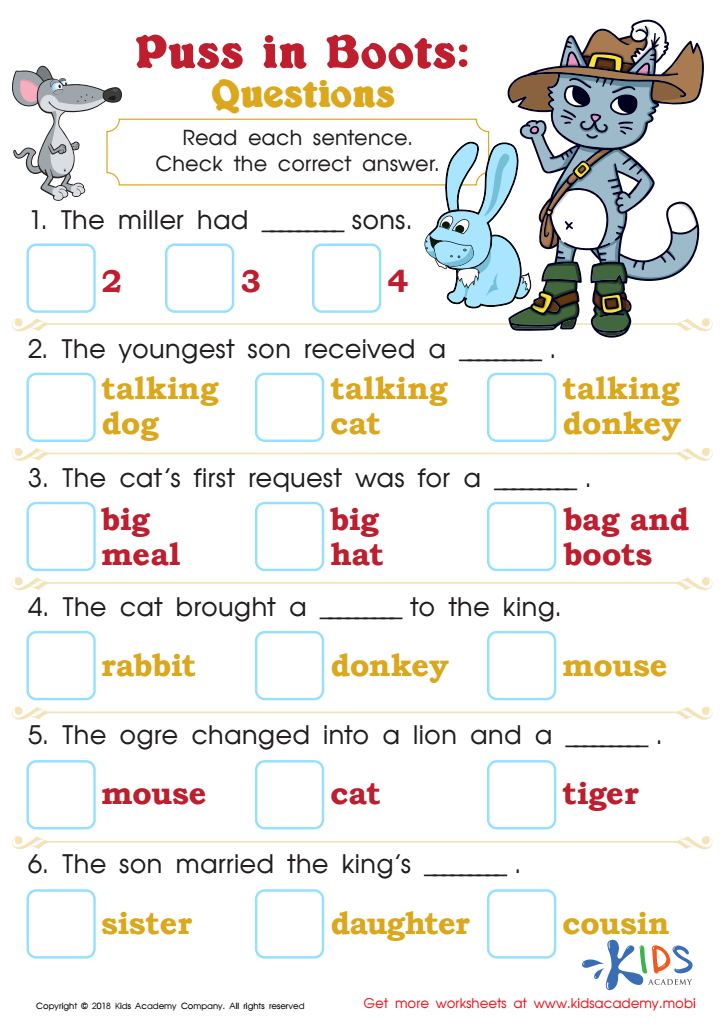

Puss in Boots: Questions Worksheet
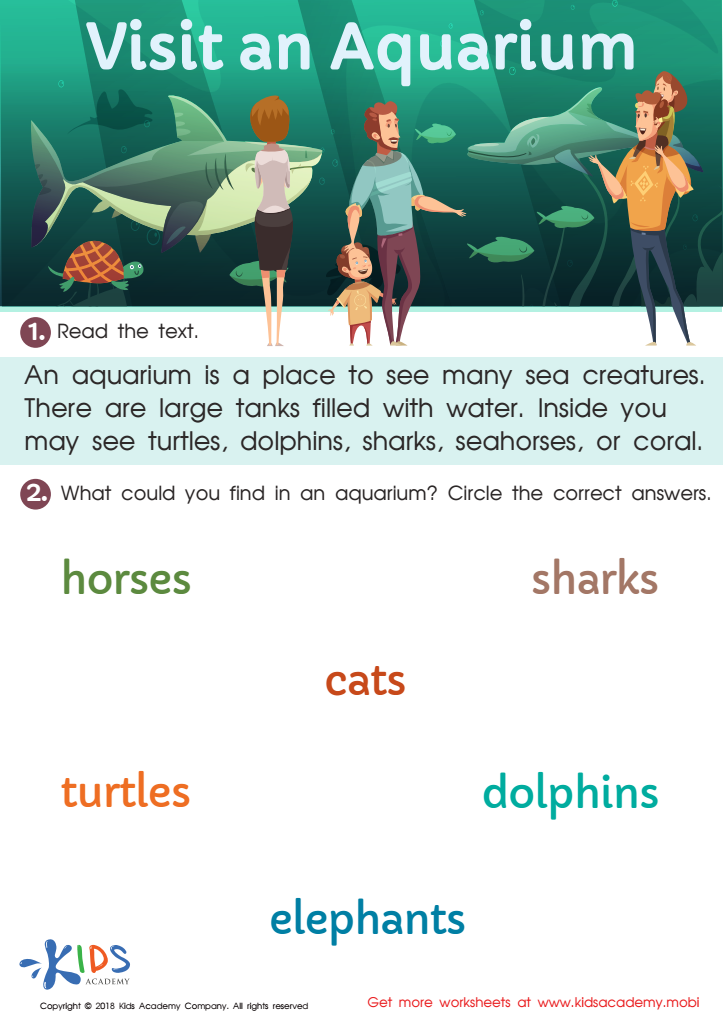

Visit an Aquarium Worksheet
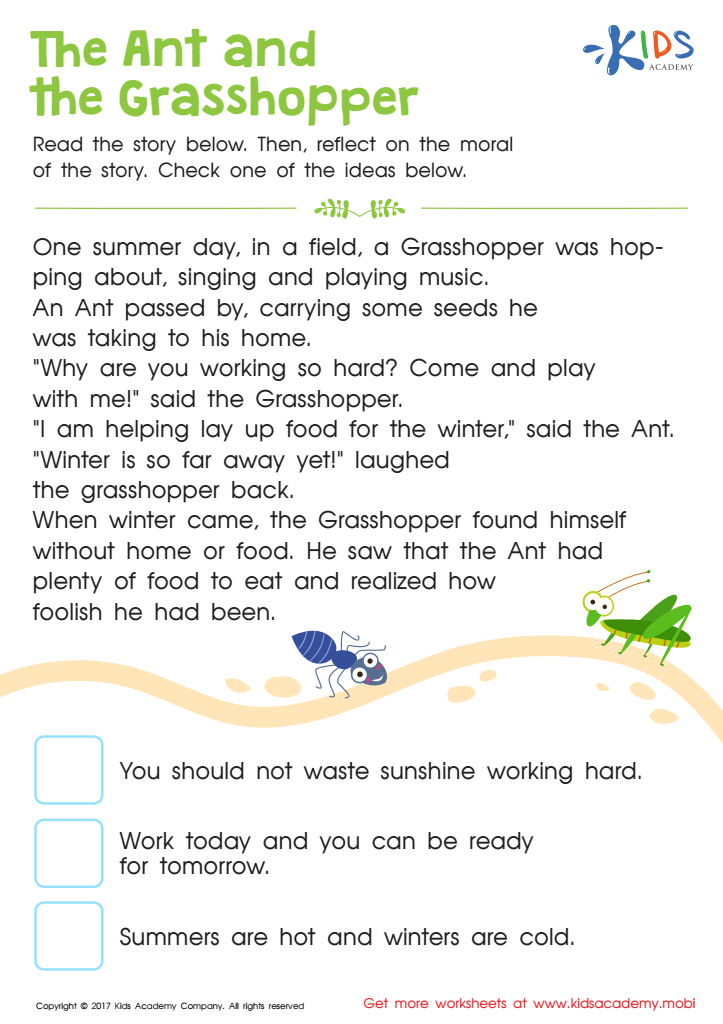

The Ant and The Grasshopper Printable
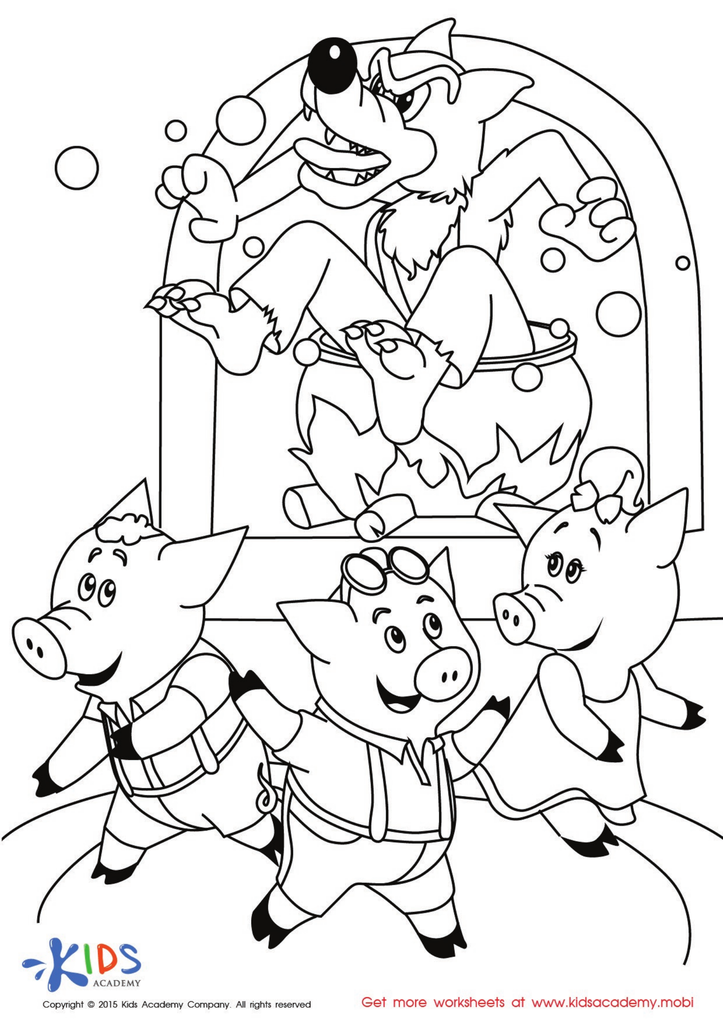

The Three Little Pigs and The Big Bad Wolf Printable
Visual interpretation is a crucial skill for children ages 7-8, and both parents and teachers should prioritize its development. At this age, children are transitioning from early literacy to more complex reading and comprehension skills. Being able to interpret visual information enhances their understanding of texts, fostering a deeper connection to the material.
Moreover, visual interpretation nurtures critical thinking and problem-solving abilities. Kids at this stage engage with diverse media—charts, diagrams, photographs, and illustrations—that accompany written content. By learning to analyze and extract meaning from these visuals, children enhance their ability to draw conclusions and infuse their learning experiences with creativity.
Additionally, focusing on visual interpretation can help support diverse learners, including those who struggle with traditional reading methods. Visual aids can make information more accessible, allowing all children to thrive academically.
By encouraging visual literacy, parents and teachers are equipping children with an essential skill that will serve them throughout their education and daily life. It cultivates empathy and global awareness, as understanding different visual cultures becomes increasingly important in our interconnected world. Thus, investing in visual interpretation allows children to become more proficient and confident learners.
 Assign to My Students
Assign to My Students

